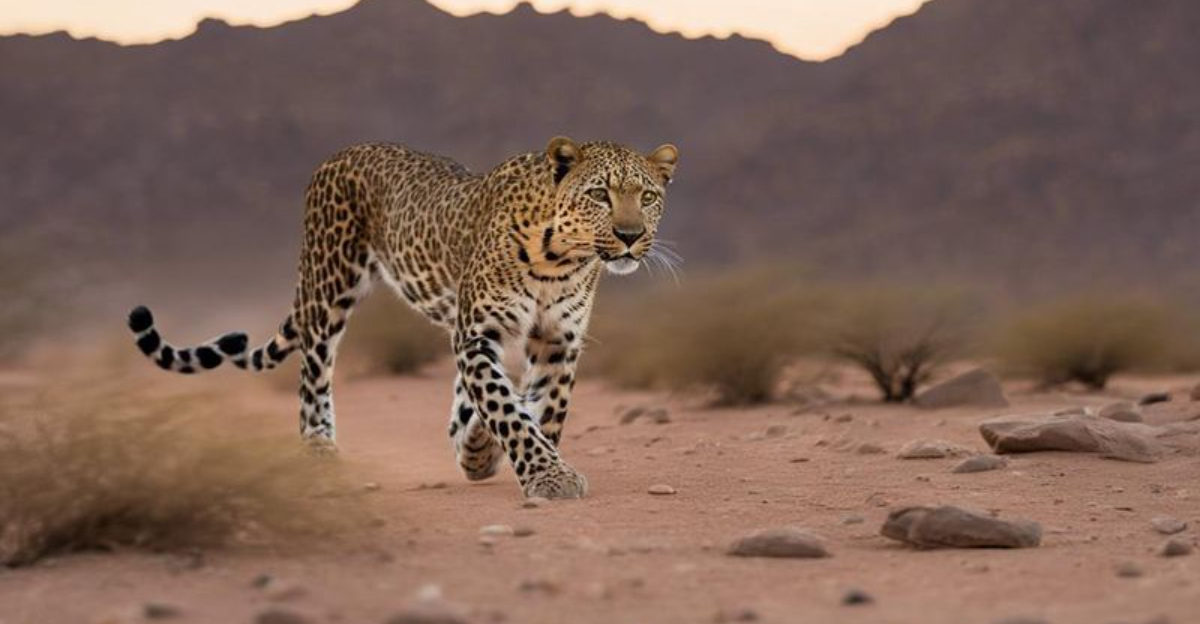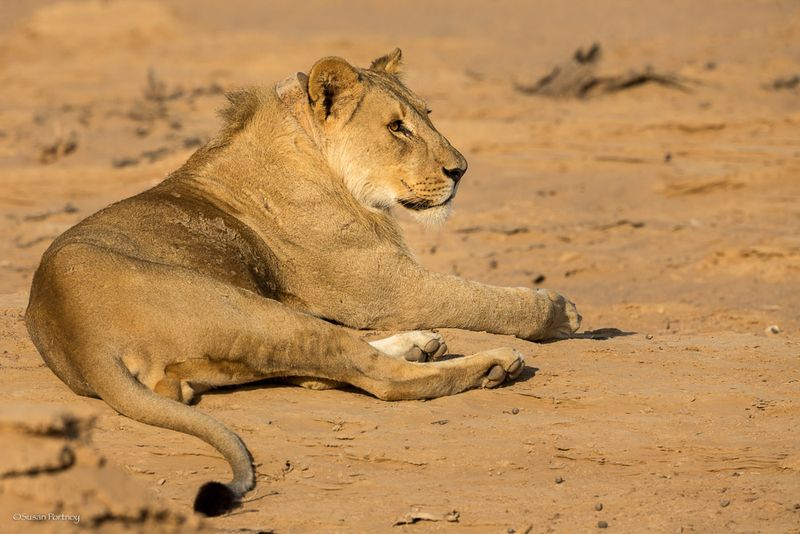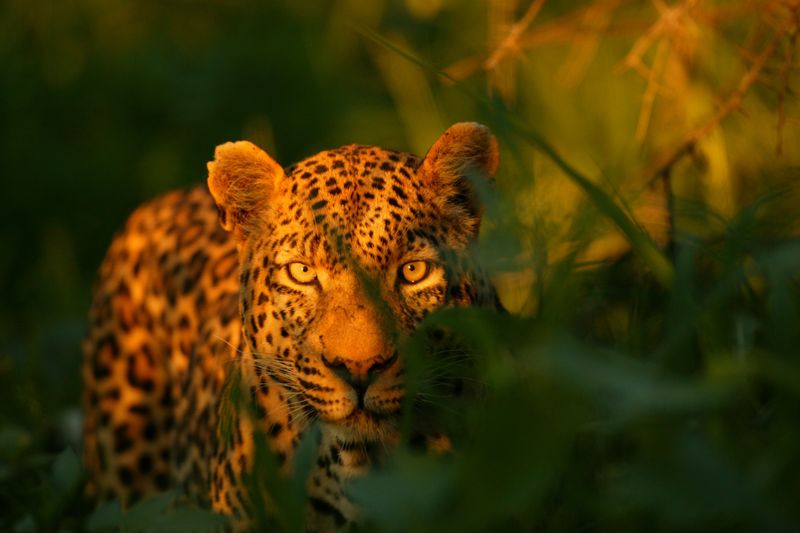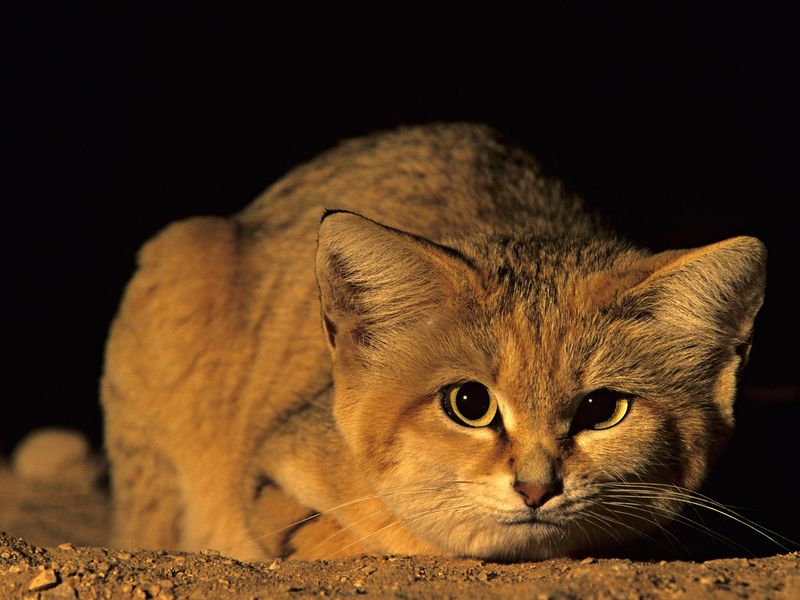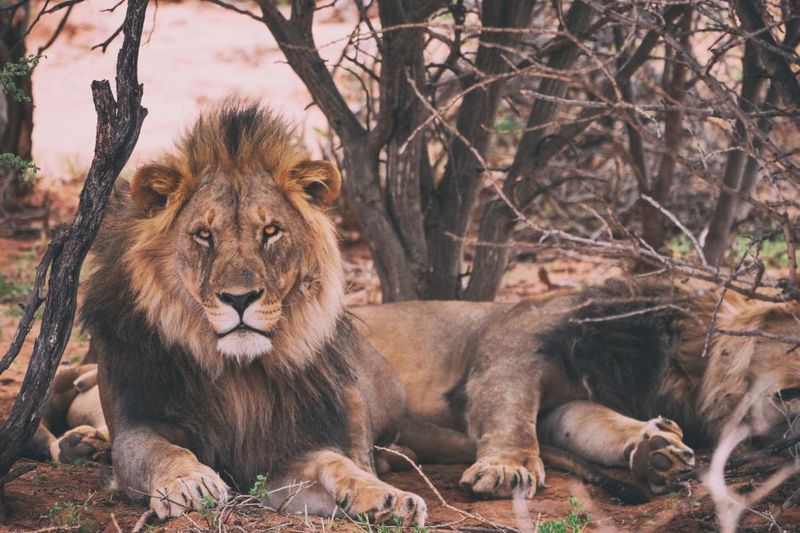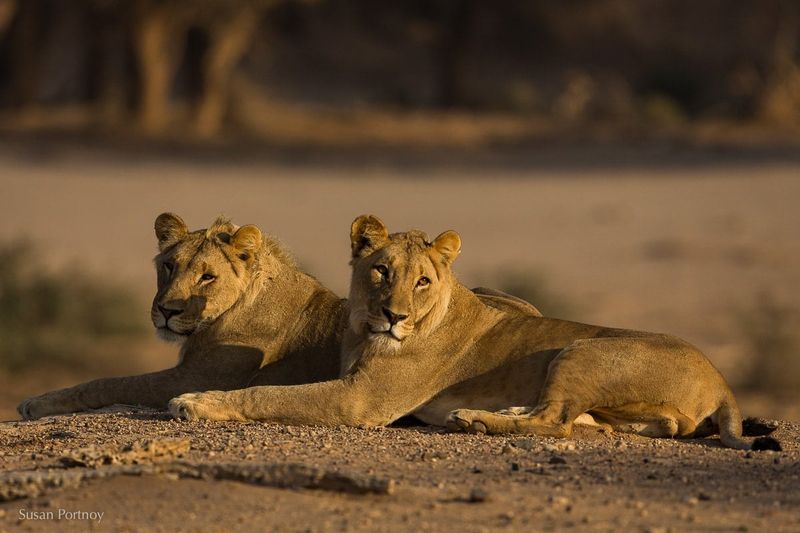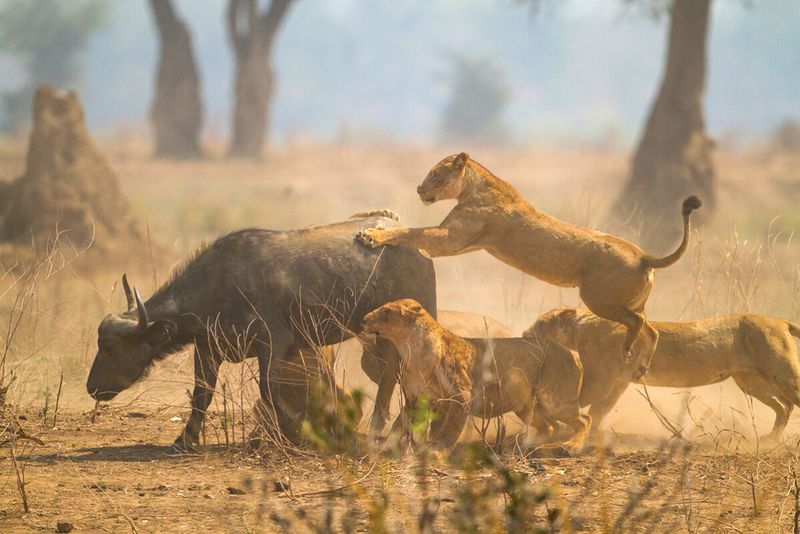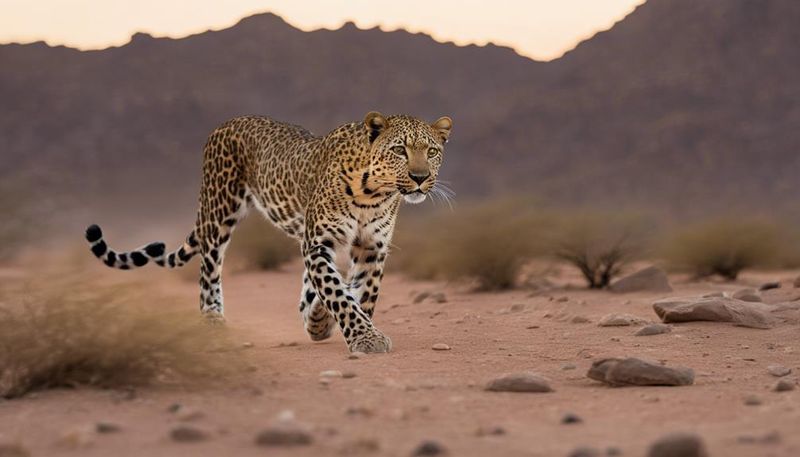📖 Table of Content:
Scorching sun, scarce water, and shifting sands—deserts are among the most unforgiving environments on Earth. Yet, some big cats not only survive in these harsh conditions—they thrive. In this fascinating blog, we explore how species like the cheetah, cougar, and Arabian leopard have evolved to master desert life.
From specialized hunting techniques and nocturnal behavior to efficient water conservation and heat regulation, you’ll discover the remarkable adaptations that make these predators true desert survivors. We’ll also look at the environmental challenges they face today and how conservation efforts are helping to protect them in their fragile ecosystems.
Whether you’re a wildlife enthusiast, student of nature, or simply curious about how these majestic animals beat the odds, this post offers a closer look at the resilience and intelligence of big cats in the world’s driest places.
1. Thermoregulation Mastery
In the desert heat, lions showcase a mastery of thermoregulation. Their large bodies help retain heat during cold nights and reduce heat absorption during the day. Sweat glands and panting allow them to cool efficiently. By resting in shade and minimizing activity during peak heat, they conserve energy. Their golden coats reflect sunlight, aiding in temperature control. These adaptations ensure survival in extreme climates. Did you know? Lions can endure temperatures that rise beyond 110°F, an impressive feat among big cats. Such physiological features highlight nature’s ingenuity in providing tools for survival.
2. Thirst Quenching Through Hunting
Leopards in arid lands quench their thirst through hunting. By obtaining moisture from prey, they reduce dependence on scarce water sources. Their kidneys efficiently produce concentrated urine, minimizing water loss. This adaptation allows them to thrive where water is a luxury. A leopard’s resilience is evident in its ability to adapt to such harsh conditions. Remarkably, they can survive on the moisture content of their prey alone for weeks. This resourcefulness illustrates the evolution of survival strategies in big cats. Their ability to balance needs exemplifies nature’s resilience.
3. Nocturnal Lifestyle
Desert big cats embrace a nocturnal lifestyle to avoid intense daytime heat. By hunting during cooler hours, they conserve energy and reduce exposure to the sun. This behavior ensures survival in extreme climates. Under the moonlit sky, these predators thrive, showcasing agility and precision. Their eyes, adapted to low light, detect even the slightest movement. Did you know? Nocturnal activity reduces water loss, crucial in arid lands. This lifestyle adaptation highlights their evolutionary success in overcoming environmental challenges. The desert night becomes their realm of advantage and opportunity.
4. Shade Seekers
Amidst the arid desert, lions become shade seekers. Resting under trees or rocky outcrops during the hottest part of the day conserves energy and prevents overheating. This behavior is vital for surviving unforgiving climates. The shade offers a sanctuary where they can rejuvenate. Lions’ choice of rest areas also reflects their intelligence in navigating harsh terrains. Such strategic behavior is key to enduring desert life. Did you know? A lion’s ability to find shade swiftly can determine its survival. Their instinctive search for shelter showcases the importance of behavioral adaptation.
5. Dietary Flexibility
In the desert, big cats display dietary flexibility. They prey on antelopes, zebras, and smaller animals, adapting to food availability. This adaptability aids survival in fluctuating conditions. Their opportunistic nature ensures a varied diet, crucial in scarce environments. Did you know? Lions can consume up to 15% of their body weight in one meal, illustrating efficiency. Such dietary strategies are essential for thriving where resources are limited. By exploiting diverse food sources, they maintain strength and vitality. This adaptability underscores their ecological success in desert ecosystems.
6. Cooperative Hunting Techniques
Desert lions employ cooperative hunting techniques. Working in prides, they surround and ambush prey, enhancing success rates while minimizing energy expenditure. This teamwork reflects social bonds and communication skills. Their ability to strategize and adapt to prey behavior is remarkable. Did you know? Lions’ cooperative hunting increases hunting success by up to 30%. This social adaptation is crucial for thriving in harsh environments. By leveraging numbers, they overcome challenges and secure sustenance. Their collaborative spirit is a testament to the power of unity in survival.
7. Adaptation through Resilience
Resilience defines desert-dwelling big cats. Confronted with extreme heat and scarce resources, they adapt through physiological, behavioral, and ecological means. Their resilience is a testament to evolution’s brilliance. These cats embody strength, adjusting seamlessly to harsh climates. Did you know? Leopards can endure long periods without water, showcasing remarkable endurance. This resilience is a cornerstone of survival in deserts. By adapting to adversity, they ensure their continued presence in unforgiving lands. Their ability to weather challenges exemplifies nature’s mastery in crafting survivors.
